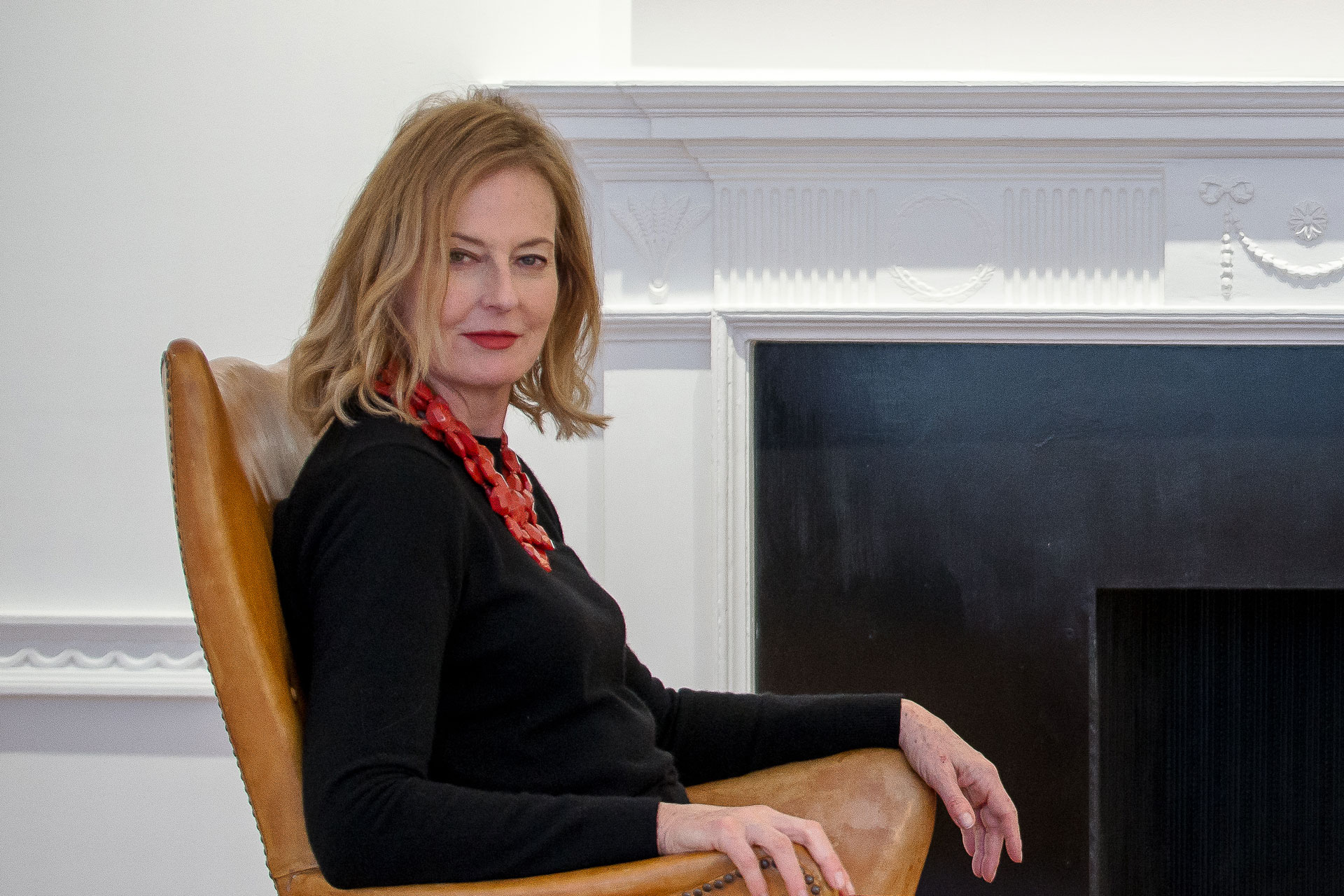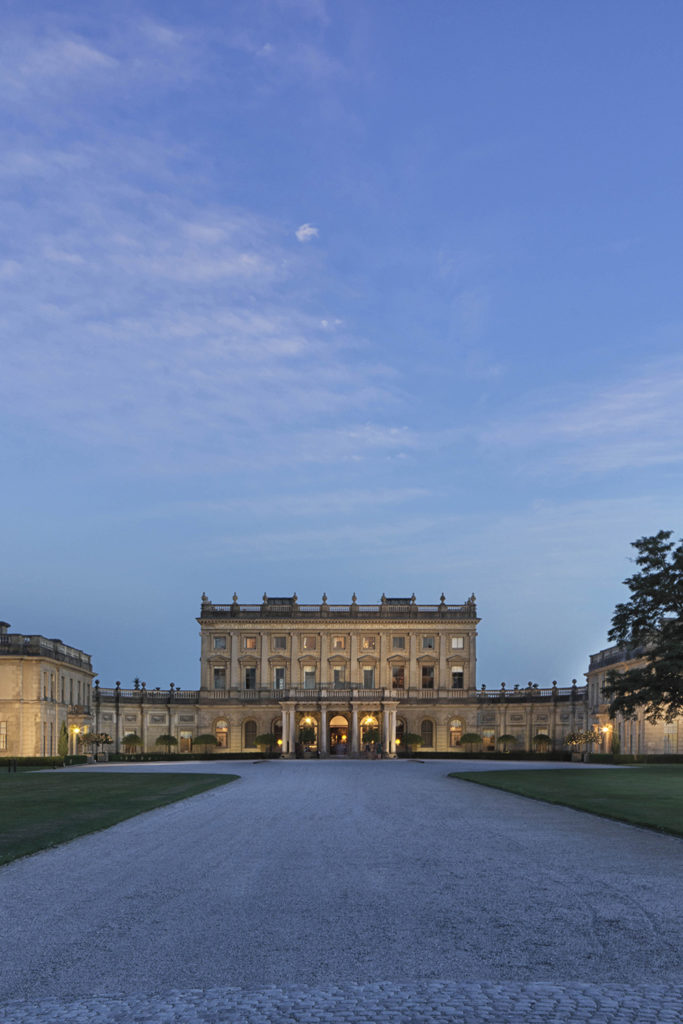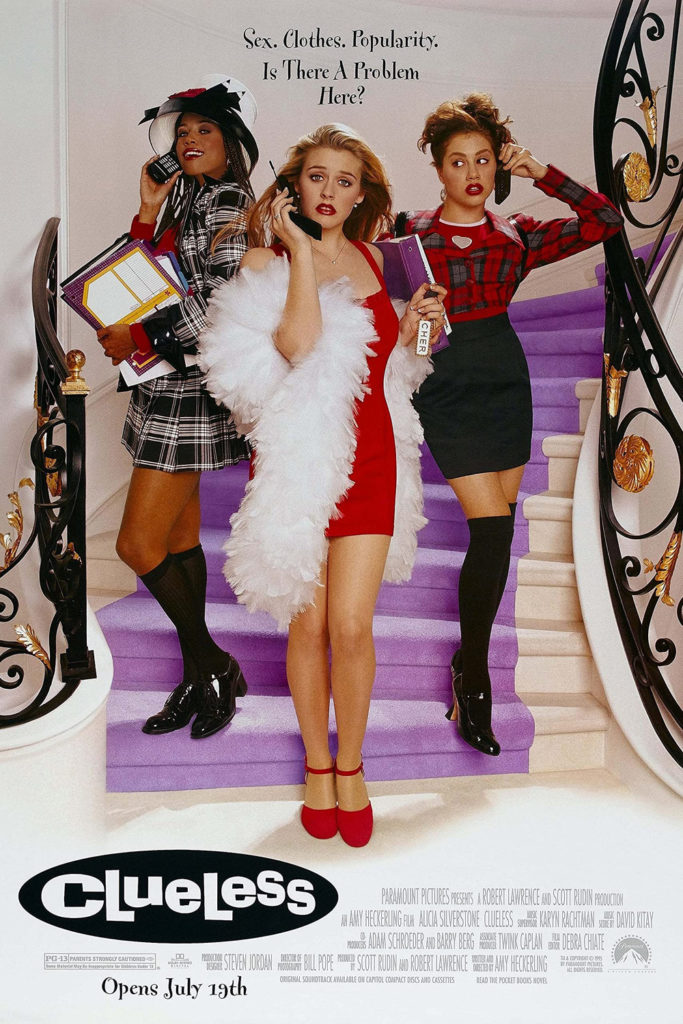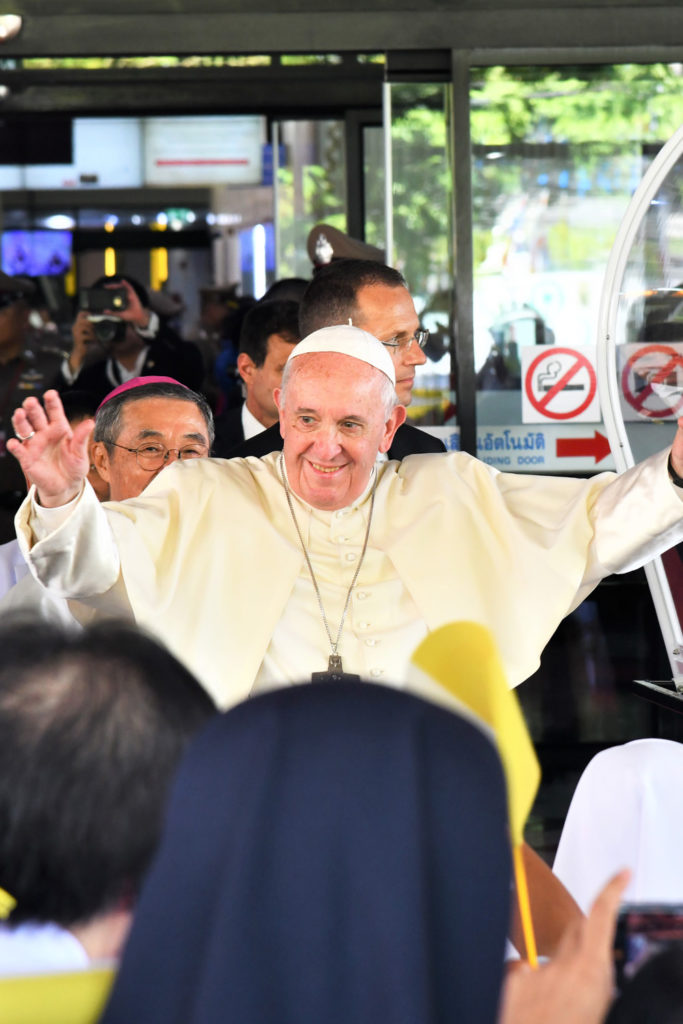Julia Peyton-Jones on Pia’s World
By
3 years ago
On this week's episode of Break Out Culture, curator and artist Julia Peyton-Jones tells us about her new book

Julia Peyton-Jones is a household name in the art world. Having been director of London’s Serpentine Gallery from 1991 for 25 years – which earned her a damehood – she initiated the Serpentine’s innovative programs. She commissioned, for example, renowned architects who’d not previously built in the UK to design a pavilion that was then constructed next to the gallery every summer.
What fewer people might know is that Julia is herself an artist. After 25 years at the helm of the Serpentine, she took a very courageous step and set off on an entirely different direction. She famously became a mother at 64 and took on a new job at the international commercial gallery, Thaddaeus Ropac. At the same time, she returned to her roots as an artist and started drawing a visual diary of her life with her three-year-old daughter, Pia. Those drawings are now the basis of a beautiful book, Pia’s World.
This interview was taken from our Break Out Culture podcast with Ed Vaizey and Charlotte Metcalf.
Listen on iTunes Listen on SpotifyHow did it all start?
In a previous incarnation, I spent an awfully long time at art college and I’ve always felt that it was unfinished business when I went into the curatorial world. Then I restarted about four or five years ago with two brilliantly clever women who I met at a symposium that the Serpentine organised. They said, ‘Well, we do these residencies and workshops,’ and I began, on an annual basis, to go to Italy for a two-week workshop. Then I decided to create a rule of the game. The rule of the game was to do a daily visual diary, keep it simple and post it on Instagram every night. It was during the year of the pandemic: the drawings cover the period when we went into lockdown, came out of it, went into it, came out of it. They evolved – but they were terrible at the beginning.
And how did it become a book from there?
It became a book because I had so many of them and people would say to me: ‘This is such a wonderful present for Pia.’ The truth is, firstly she couldn’t care less. Then somebody said, ‘Why don’t you self-publish?’ Actually, self-publishing is really rather expensive. I went to my old friend, Franz Koenig, who ran the bookshop at the Serpentine. I wrote to him and said, ‘Do you think these could possibly be a book?’ He didn’t answer me for two and a half months. Eventually, he rang up one day and said: ‘Yes, we’ll do it.’
The idea is incredibly simple. There’s probably about 300 words in the whole thing, but it was important to have some kind of narrative. I’m a very private person and the funny thing about all this is that it was, in a kind of way, coming out for me. I nearly had a heart attack every night when I posted the pictures. Then I decided to write about Pia and how she came into my life and into the world, which I did in Vogue.
It’s interesting how private a person you are. How did you marry this very private personality with such a public role?
My approach was really a very simple one, but it was all about the organisation, the artists that we shared, the architects, the designers and the team. It was such a thrilling time. When I left, I knew Pia was on the way and I’d given myself six months off. I had a period of maternity leave, then I went back to work at gallery Thaddaeus Ropac, so I was very lucky, but nevertheless, it kind of feels that you are starting from scratch. It’s painful and difficult and extremely uncomfortable. However, when I left it was like, ‘Okay, am I going to stop here?’ No way. In which case, it’s just a process you have to go through if you want to continue to be a professional and be engaged. I feel very privileged for the opportunities I’ve had and want to expand as I get older.
MORE BREAK OUT CULTURE:



